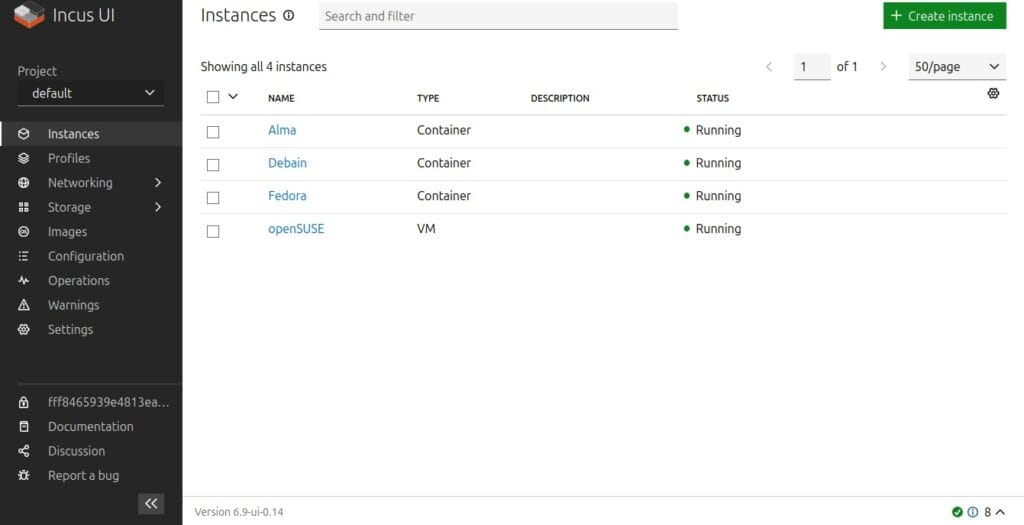The Incus team has just announced the release of Incus 6.9, marking the first update for 2025. While this is a lighter release due to the recent holiday break, it still brings an array of noteworthy enhancements alongside the usual round of bug fixes.
One of the most notable additions is the ability to apply network ACLs directly to instances running on managed bridge networks, as long as your system is configured to use nft for firewalling (you can check this via incus info).
This feature opens up new possibilities for micro-segmentation, letting administrators tailor ingress and egress rules to specific instances that share the same bridged network.
Those interested in configuring these ACLs can create and manage them with the incus network acl command, then attach them to instance network interfaces via the “security.acls” configuration key.
Further improvements have also been made to the QEMU scriptlet. Now, every scriptlet invocation provides the full instance structure, which grants access to the instance configuration, list of profiles, and more.
In addition, a new config hook runs before QEMU startup, allowing you to modify QEMU’s configuration file and command-line arguments.

Another feature that Incus 6.9 brings is the newly introduced incus debug memory-dump command, which streamlines the process of generating memory dumps from virtual machines. This update also includes an extra device for Windows VMs, enabling seamless memory dump creation that you can later load into the Windows debugger.
Administrators using OVN can now retrieve the uplink IPv4 and IPv6 addresses directly by running incus network info. This enhancement simplifies network diagnostics and configurations by displaying relevant uplink details in one go.
In response to popular requests, creating storage volumes during the initial server configuration using a preseed file is now possible. This feature proves especially helpful for administrators who want to automate the setup of shared volumes or prepare volumes for images and backup storage right from the start.
Last but certainly not least, all create commands now include a --description option. This addition enables you to annotate newly created profiles, networks, or instances with a descriptive note—particularly useful for distinguishing multiple resources or providing context about their intended purposes.
For more information about the Incus 6.9 container and virtual machine manager changes, visit the release announcement or check out the full changelog.
Users are encouraged to try out these new features by visiting the Incus online platform, which provides a hands-on experience with the latest version.
